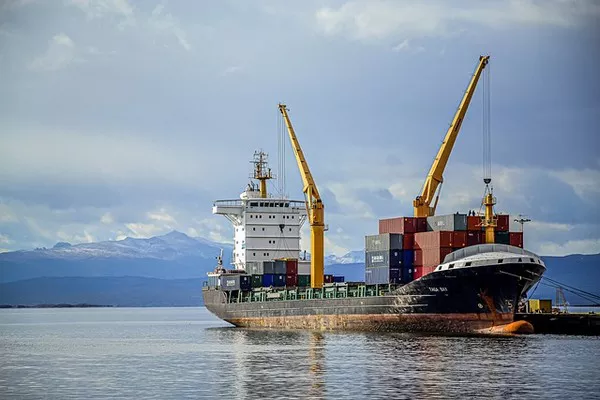A new report by the Financial Transparency Coalition, a Washington, D.C.-based nonprofit organization, has revealed hazardous and forced work conditions, akin to slavery, on nearly 500 industrial fishing vessels globally. The research, considered the most comprehensive effort to date, highlights the challenges in identifying companies responsible for abuses at sea due to a lack of transparency and regulatory oversight.
Published on Wednesday, the report indicates that a quarter of vessels suspected of worker abuse are flagged to China, whose distant water fleet dominates high seas fishing. Russia, Spain, Thailand, Taiwan, and South Korea are also accused of mistreatment of fishers. Forced labor in the seafood industry, described as a “widespread human rights crisis,” affects tens of thousands of workers annually.
The AP in 2015 exposed the exploitation of migrant workers from Myanmar, Cambodia, and Laos on Thai vessels, with the catch often reaching the United States. Globally, up to 128,000 fishers face threats of violence, debt bondage, excessive overtime, and other indicators of forced labor, according to the International Labor Organization.
The seafood industry has faced less scrutiny compared to other labor-intensive sectors, as governments often lack tools to regulate activities far from land. The report highlights a recent decision by the Biden administration to abandon the planned expansion of the Seafood Import Monitoring Program, which aimed to prevent illegal fishing and forced labor on foreign vessels supplying around 80% of the seafood consumed in the U.S.
The lack of transparency is compounded by vessels licensed by governments known for financial secrecy and minimal oversight. Of the vessels suspected of abuse, 18% flew flags of convenience, which companies use to evade scrutiny. The report identified Chinese companies ZheJiang Hairong Ocean Fisheries Co. and Pingtan Marine Enterprises as the worst offenders, along with state-owned China National Fisheries Corp.
The Financial Transparency Coalition compiled the list of 475 individual vessels suspected of forced labor since 2010 using government reports, media accounts, and complaints by advocacy groups. However, flag information was only available for about half of the total, emphasizing the need for greater ownership transparency in the industry.

